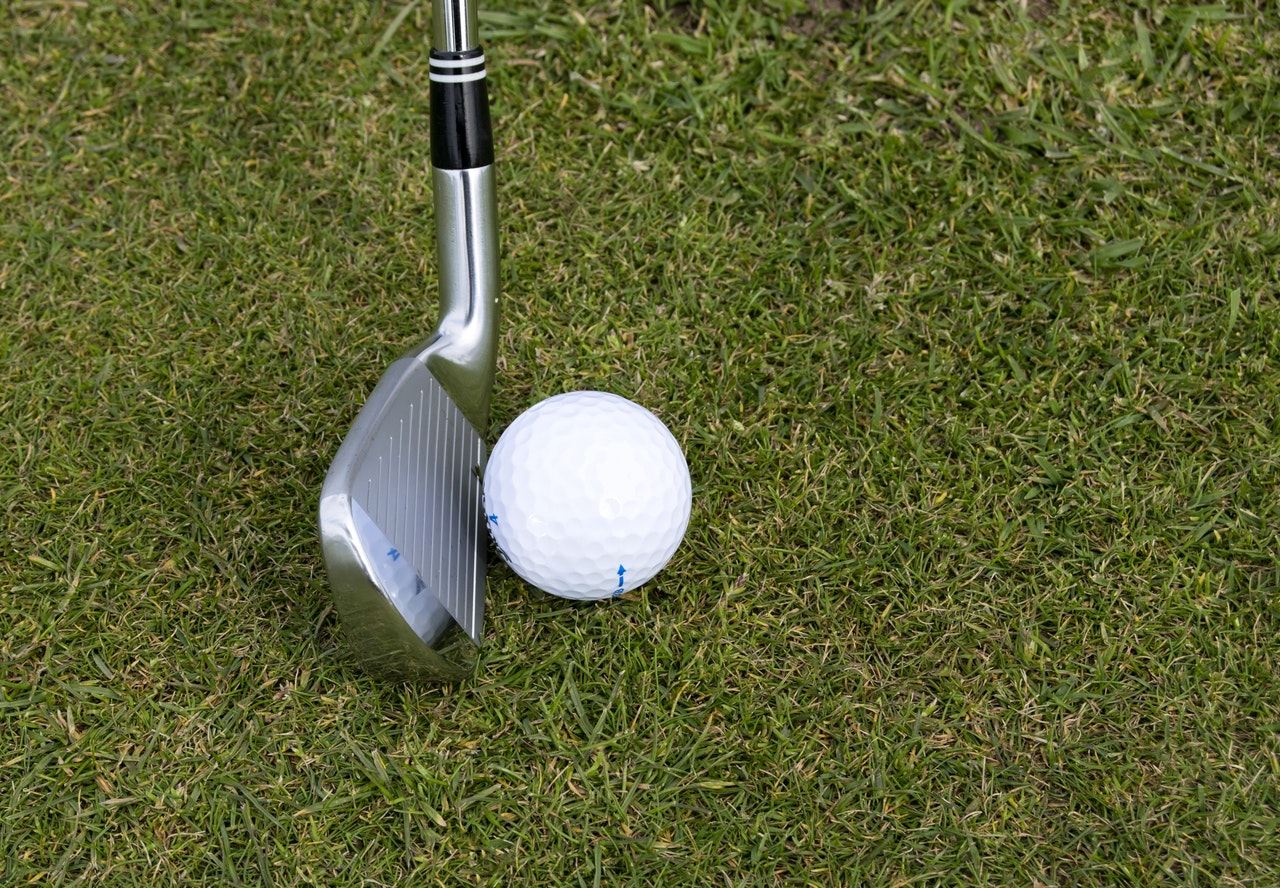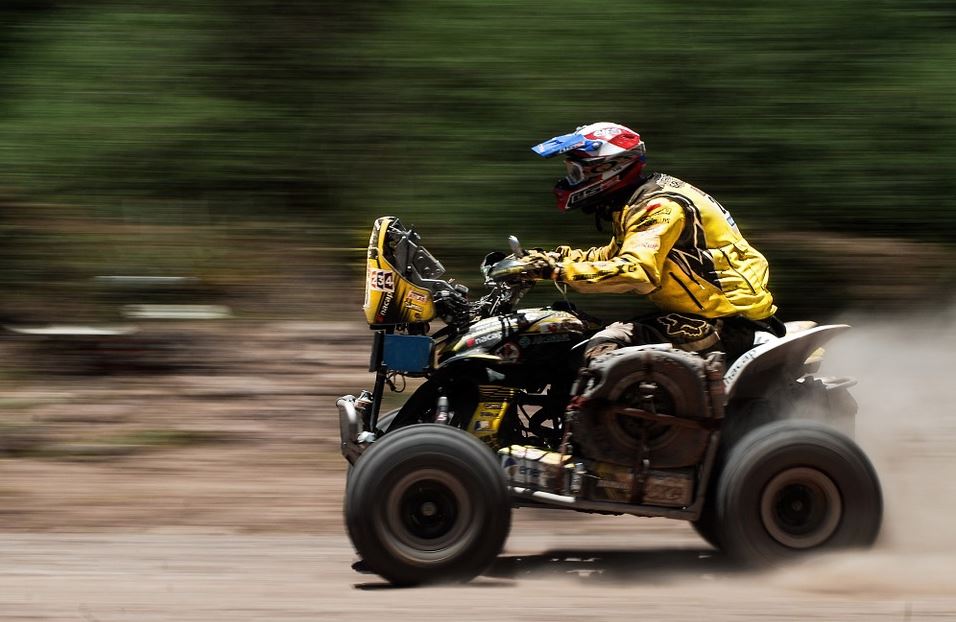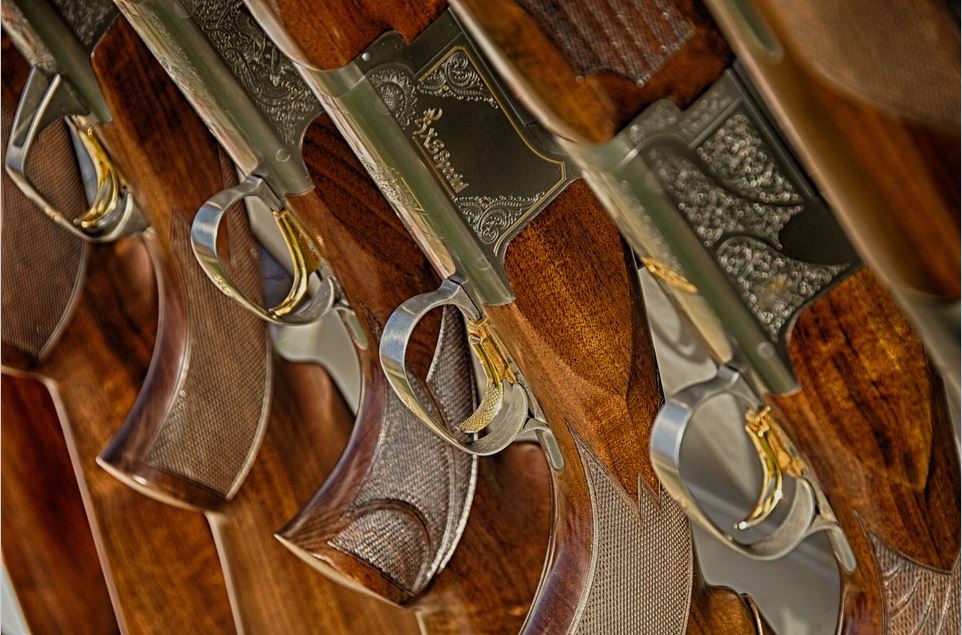Advice For Newbie Golfers
When you are first starting out, golf can often seem incredibly complicated. In truth, there are a lot of rules; however, the same goes for any sport. True – there are more implements to play with, i.e. clubs and it can take some practice to know which one you should be playing different shots with but this knowledge does comes with time.
Of course, there is also the golf lingo that can seem completely alien to newbie golfers. For instance just what is a bogey, a birdie and an eagle? Again, this knowledge also comes in time; however, for those who want to arrive at the golf course a bit more prepared than your average amateur, below you will find a useful beginner’s guide to golf. Enjoy.
What golf equipment do I need?
It is really important to get the right kind of equipment before you start ‘playing’ golf. Try not to get carried away though; otherwise you could put yourself in the position of, ‘all the gear, no idea’. You don’t have to get the most expensive equipment, so please don’t feel you need to re-mortgage your house in order to kit out your golf bag.
You need to keep in mind, you want sturdy and well-recommended beginner equipment that is going to help you learn and develop your new skills, all at the lowest cost to yourself. The last thing you want is to spend a ton of money on loads of golfing equipment, only to find out you don’t actually like the sport – what a waste!
When you are learning, it is best not to start off with the full 14 clubs you are allowed in your golf bag. The essential clubs you should have are:
– Driver
– Putter
– Sand wedge
– Pitching wedge
– Fairway wood
– 6-iron
– 8-iron
You will easily be able to find the clubs above in a ‘beginner’ format. Don’t let the ‘beginner’ put you off. Learning should be your absolute priority here, so you don’t need the flashiest clubs. Look online for second-hand beginner clubs, you’ll be sure to find some. After you have invested some time learning how to use them, you can always upgrade your clubs and sell your beginners on to another newbie.
Make sure you buy lots of balls, as you are likely to lose quite a few in the beginning. It’s always worth buying brightly coloured ones when you are learning too, until you get a better eye for finding your balls on the course. Again, you don’t want to spend too much money on these just yet.
Preparation for your first full 18 holes
You should never go and play a full 18 holes without having had a few lessons and practice sessions. This means taking the time and investing the money in getting initial lessons from a golf club pro. Many golfers tend to pick up a lot of bad habits, especially if they don’t take the time to learn from a professional. Therefore it is better to start as you mean to go on and pick up only the good habits from the pro.
Visit the driving range regularly in order to build up your confidence with your driver and get your eye in. However, don’t neglect your short game. You will need to play as many short shots as long, so make sure you practice chipping shots and putting. You can usually find the odd putting green around, so make good use of these.
Depending on whether you want to be a fair-weather golfer, or an all-round one, you will need to get yourself some appropriate clothing. Always make sure you check the dress code of the golf club where you plan to play, before you go out and spend money on clothing.
It is also very important to be aware of some golf vocabulary before you start. Try to make the effort to learn as much of the following vocab as you can:
1. Ace = a hole in one
2. Apron = this is the grass area directly surrounding the putting surface
3. Birdie = 1 stroke under the designated par (see 14) for the hole
4. Bogey = 1 stroke over the designated par (see 14) for the hole
5. Eagle: = 2 strokes under the par (see 14) for the hole
6. Fairway = the route of play between where you tee off from and the green (see 9)
7. Flag = this is the marker for each hole
8. Fore = this is a warning cry to others who might be in the way of play
9. Green = this is where the holes are and where you putt
10. Hazard = these are normally sand traps or water areas
11. Honor = this is the right to tee off first. Normally given to the person with the lowest score from the previous hole
12. Lie = this is the stationary position of the ball when it is in the grass or on sand
13. Match play = this is a type of competition where you score each hole separately. The winner is decided by whoever wins the most holes
14. Par: this is a numerical standard of scoring per hole, i.e. Hole 12 is a par 4. This scoring is based on yardage, the terrain, any hazards and two putts per hole
15. Rough – these are areas of irregularity on the golf course. They usually have fairly long grass and are in line with the tees
16. Stroke play = this is a type of competition based on the total number of stokes you have taken throughout the game
17. Tee = this is a peg your ball is placed on before taking your stoke
Featured images:
License: Image author owned
James writes for Wharton Park. When not writing about Worcestershire golf courses, he can often be found tutoring newbie golfers, whether they want him to or not.





